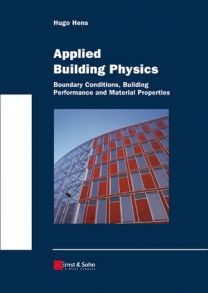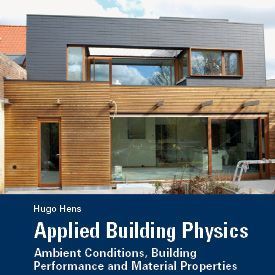Table of contents
PREFACE
INTRODUCTION
OUTDOOR AND INDOOR CONDITIONS
Overview
Outdoor Conditions
Dry bulb (or air) temperature
Solar radiation
Long wave radiation
Relative humidity and (partial water) vapour pressure
Wind
Precipitation and wind-driven rain
Standardized outside climate values
Indoor conditions
Dry bulb (or air) temperature
Relative humidity and (partial water) vapour pressure
Water vapour release indoors
Indoor climate classes
Indoor/outdoor air pressure differentials
PERFORMANCE METRICS AND ARRAYS
Definitions
Functional demands
Performance requirements
Some history
Performance arrays
FUNCTIONAL REQUIREMENTS AND PERFORMANCES AT THE BUILDING LEVEL
Thermal comfort
Health and indoor environmental quality
Energy efficiency
Durability
Life cycle costs
Sustainability
HEAT-AIR-MOISTURE PERFORMANCES AT THE ENVELOPE LEVEL
Introduction
Air-tightness
Thermal transmittance (U)
Transient thermal response
Moisture tolerance
Thermal bridges
Contact coefficients
Hygrothermal stress and strain
Example of performance control: timber-framed walls
HEAT-AIR-MOISTURE MATERIAL PROPERTIES
Introduction
Dry air and water
Building and insulation materials
APPENDIX



